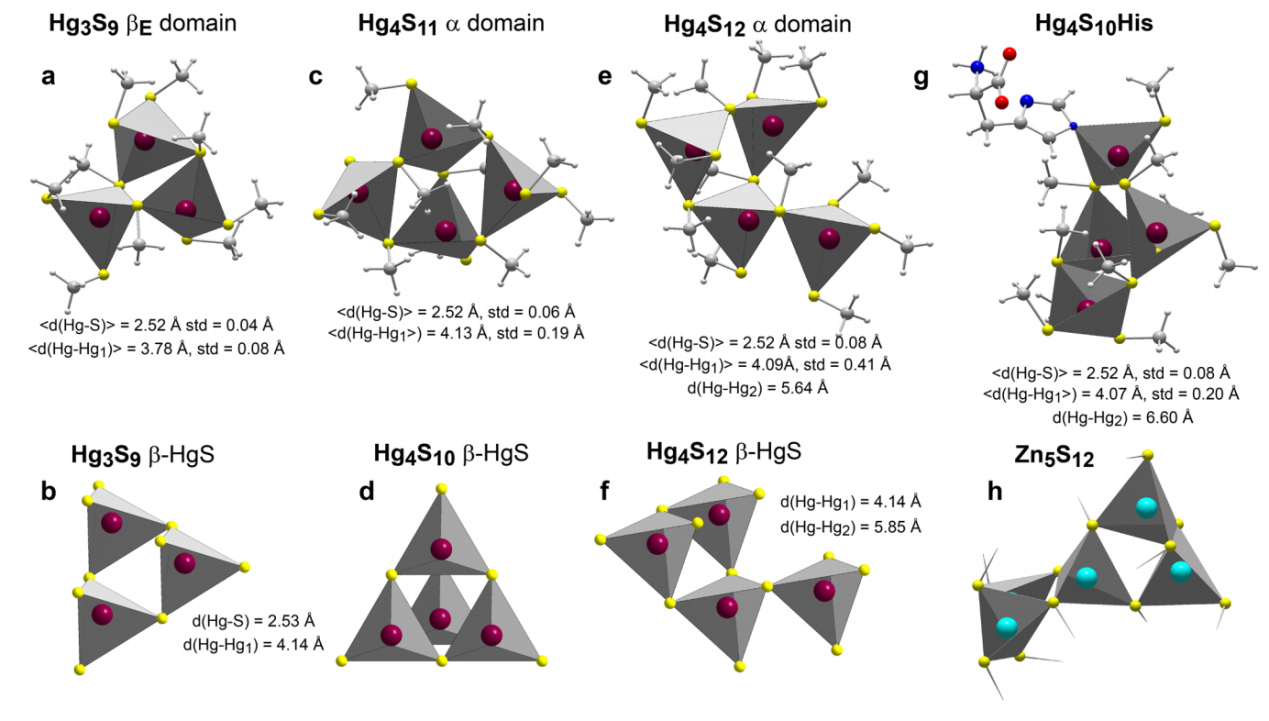
Vegetation plays an important role in both affecting the atmospheric Hg cycle on the earth and the transfer of Hg in terrestrial food web. Atmospheric elemental gaseous Hg can be assimilated by the leaves of the plants and subsequently stored in their tissues. The fate of Hg in the leaves can be classified into two categories: on one hand, Hg in leaves could be re-emitted into the atmosphere. On the other hand, Hg could be oxidized and sequestered in the tissues of leaves, which could enter the body of animals or humans via food chain, or enter the Pedosphere via the litterfall. Therefore, it is important to study the chemical speciation of mercury in the leaves of plants because this knowledge is critical for revealing the specific role of vegetation in global Hg cycling, the potential environmental risk caused by Hg in the food chain, and the impact of Hg on the ecosystem of soils.
The synchrotron based X-ray near edge structure spectroscopy is a common method that was used to study mercury speciation in the environmental matrix, but it cannot used to determine the Hg speciation in the natural samples with low Hg concentration (Wang JX et al., 2012. ES&T, 5361-5368). Also, the coupled Mass spectrometry and chromatography methods such as ICP-MS-HPLC have a high requirement for Hg levels and matrix types in samples (Krupp EM et al., 2009. ChemComm, 4257-4259).
Prof. Xinbin Feng group from SKLEG and Prof. Alain Manceau group from Université Grenoble Alpes have worked together to study the mercury speciation in natural samples with low Hg levels (0.05 ppm) using high energy-resolution X-ray near edge structure spectroscopy under the financial support both from EcoX Equipex project and CAS international cooperation project (QYZDJ-SSW-DQC005).
The results show that mercury in the leaves occurred mainly as Hg[(SR)2+N/O0-2] coordination, and some Hg presented as nano particulate Hg sulfide (HgxSy). The geometry of HgxSy clusters and Hg complexes were performed at the second-order Møller−Plesset perturbation theory. Our findings of the transformation of elemental gaseous mercury to HgxSy clusters in the leaves were novel. Results from this study provided the fundamental knowledge on the Hg re-emission and toxicity, and its transformation when it entered the soils with litterfall, providing more knowledge for the theory of biogeochemical transformation of Hg in environment.
Results are published in Environ. Sci. Technol.
Manceau A*., Wang JX., Rovezzi M., Glatzel P., Feng X*. Biogenesis of Mercury−Sulfur Nanoparticles in Plant Leaves from Atmospheric Gaseous Mercury. Environ. Sci. Technol. 2018, 52, 3935-3948.
Written by Jianxu Wang

Figure 1 mercury speciation in the leaves of different plants

Figure 2 the geometry of HgxSy
